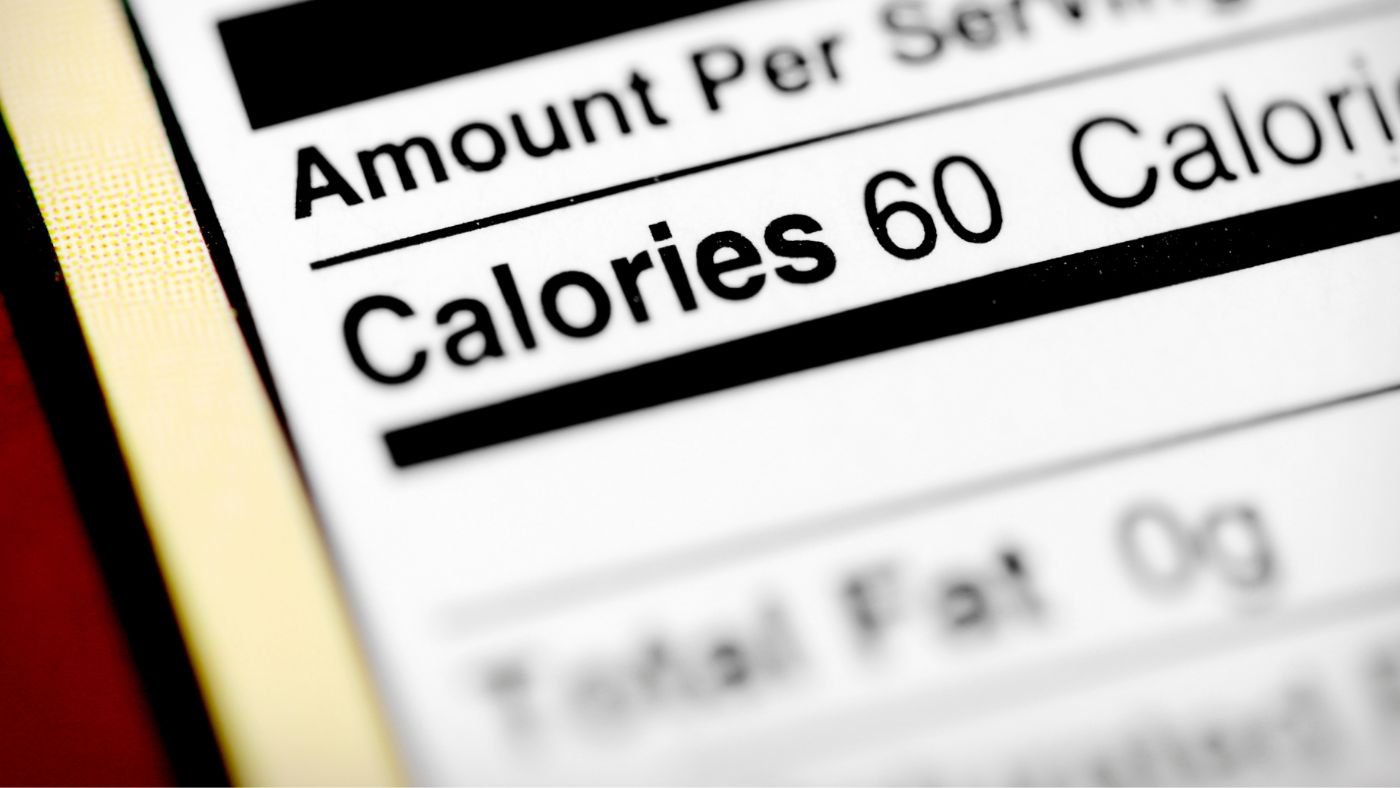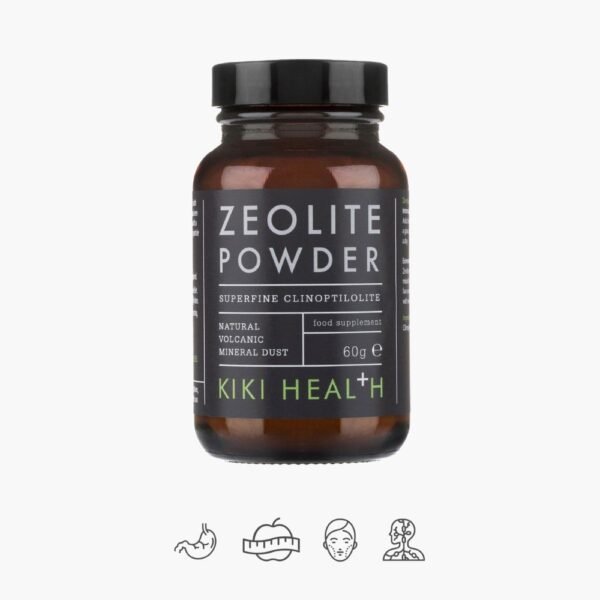Calories are a measure of energy. It refers to the amount of energy in food and drink or the amount of energy you burn during exercise.
Depending on which country in the world we live in, energy can also be measured in kilocalories (kcal) and kilojoules (kJ).
It's often confusing for people, especially when you're counting calories or comparing the calorie content of different foods and drinks.
We'll briefly explain what calories are and how they compare to kcal and kJ, as well as how to convert between the two.
The main difference
As for calories, they can be "small" or "large".
If the letter "C" in calories is a capital letter, it indicates a high calorie content, and if a lowercase "c" is written, it indicates a low calorie content.
A high caloric value estimates the amount of energy required to raise the temperature of 1 kg of water by 1 °C.
On the other hand, a small amount of calories estimates the amount of energy required to raise the temperature of 1 gram of water by 1 °C.
According to these definitions, 1 large calorie "C" is equal to 1,000 small calories "c".
1 Cal = 1000 cal
To avoid confusion between large and small calories, it is believed that the term kilocalorie - prefixed with "kilo" meaning 1,000 - was coined to refer to a large calorie.1
However, the term "low" calories is rarely used on food labels today.
Calories – The capital “C” or kcal are used interchangeably and refer to the same amount of energy associated with food or energy burned through exercise.
1 Cal = 1 kcal
Therefore, there is clarity and simplicity as there is no need to convert anything.
Calories can also be expressed in kilojoules (kJ).
One (kcal) equals 4.18 kJ or 4184 joules (J).
1 kcal = 4.18 kJ
To convert calories to kJ, we multiply calories by 4.18. Conversely, to convert from kJ to calories, divide by 4.18.
For example, a medium-sized banana (118 grams) provides the body with 105 calories (kcal) or 439 kJ.
When it comes to nutrition and exercise, kilocalories (kcal) and calories (Cal) equal the same amount of energy. Calories can also be expressed in kilojoules (kJ), where one calorie (Cal) or kcal is equal to 4.18 kJ.
How these terms are used
The regulations require food and drink manufacturers to place a nutrition facts label on their products. It lists, among other information, the amount of energy the product has per serving or weight.
The Nutrition Facts label helps inform the healthfulness of packaged foods and beverages, as well as whether they contain ingredients that should be avoided due to allergies, intolerances or personal preferences.
Depending on where you live, the nutrition label may express the energy value of a food or drink in calories (Cal), kcal, kJ or even a combination of these.
Below is a list of countries and what information they provide on the label:
- United States of America: calories (Cal)
- Canada: calories (Cal)
- European Union (EU): (kJ) and (kcal)
- Australia and New Zealand: (kJ) or both (kJ) and (kcal)
- China: (kJ)
Manufacturers determine how many calories are in a food or drink based on the amount of energy-giving nutrients it contains.
The three main energy-providing nutrients are:
- Proteins
- Carbohydrates
- Fats
Protein and carbohydrates provide about 4 calories (16.7 kJ) per gram, while fat provides 9 calories per gram (37.6 kJ).
Alcohol thus has 7 calories (29.3 kJ) per gram.
Manufacturers round up to the nearest 1 gram, so if you were to quantify and accurately estimate the number of calories or kJ from each macronutrient, the results may differ slightly from the number on the nutrition label.
Also, foods that contain fiber that are classified as carbohydrates may have fewer calories than you count on the nutrition label.
This is because fiber, depending on its type, is either indigestible or poorly digested, resulting in fewer or fewer calories.
More about fibers in the category - Fibers
Most packaged foods and beverages have a nutrition label that lists the energy content of the product in calories, kcal, kJ, or some combination thereof.
How many calories do you need?
Many people rely on general recommendations about the required calorie intake per day or how many calories should be burned during exercise.
This method is suitable for common understanding. Our bodies are different. Food calories are also absorbed differently.
We present for your perusal - How many calories should you consume per day?
It's important
Calories are a measure of energy used in diet and exercise.
Calories (Cal) and kcal are used interchangeably and refer to the same amount of energy.
Calories or kcals can also be measured in kJ, and one calorie (kcal) is equal to 4.18 kJ.
It is important to rememberthat everyone's health is individual and there is no common recipe for everyone!
So, if you want to know if your body might be lacking nutrients right now, health professionals recommend a guide – "Your Day".
- In time, pay attention to the signals sent by your well-being
- Replenish the body with natural minerals, vitamins and nutrients necessary for health.
- Enjoy energy and good mood everyday!











